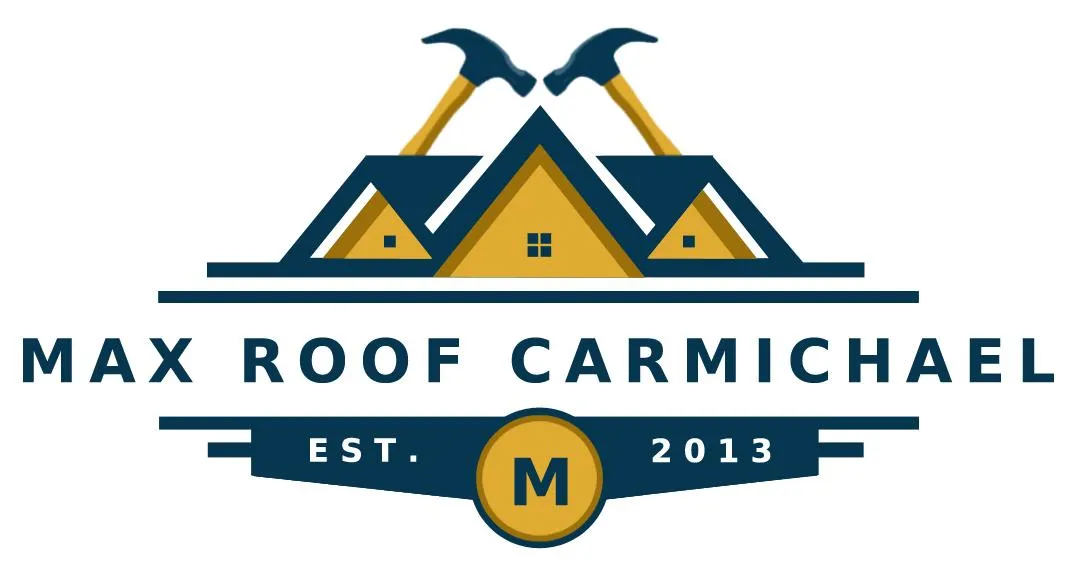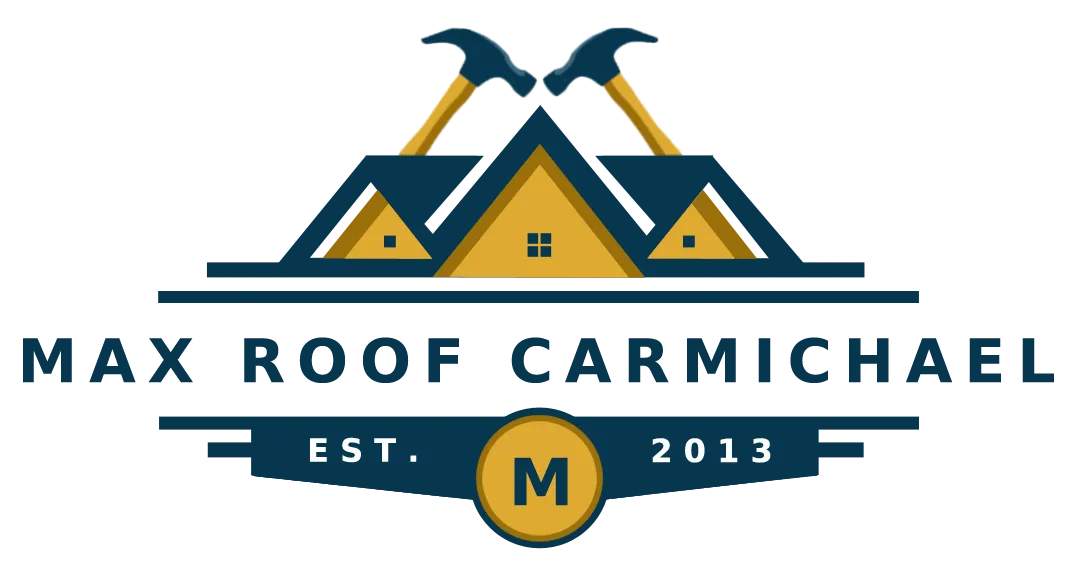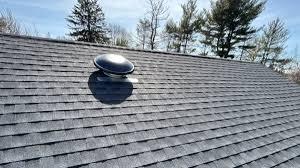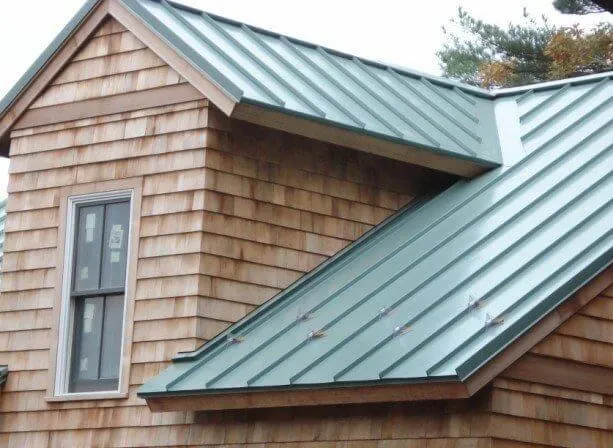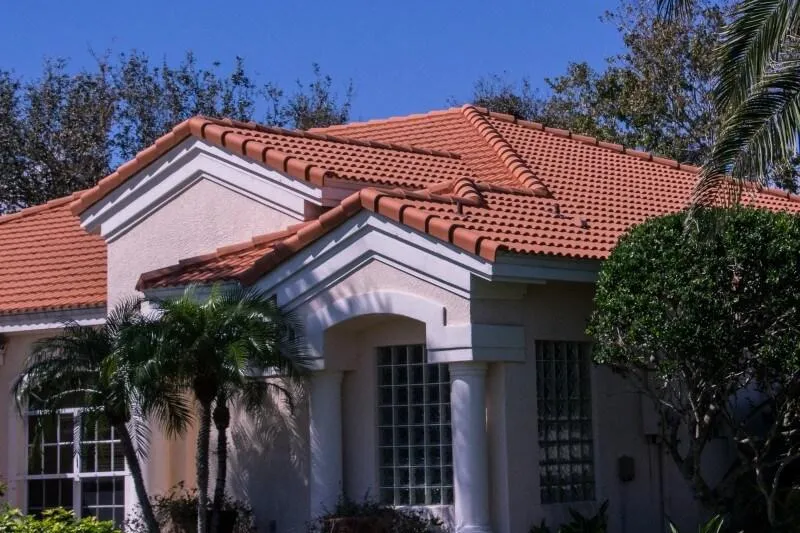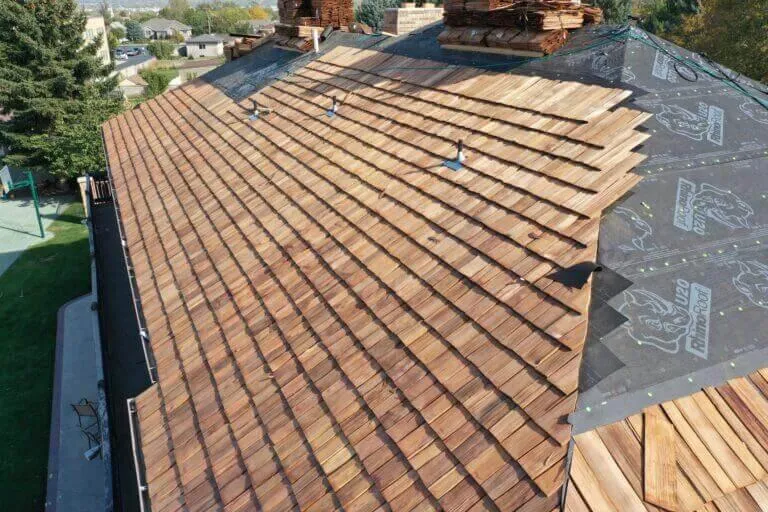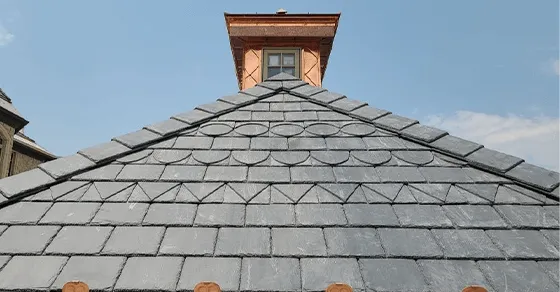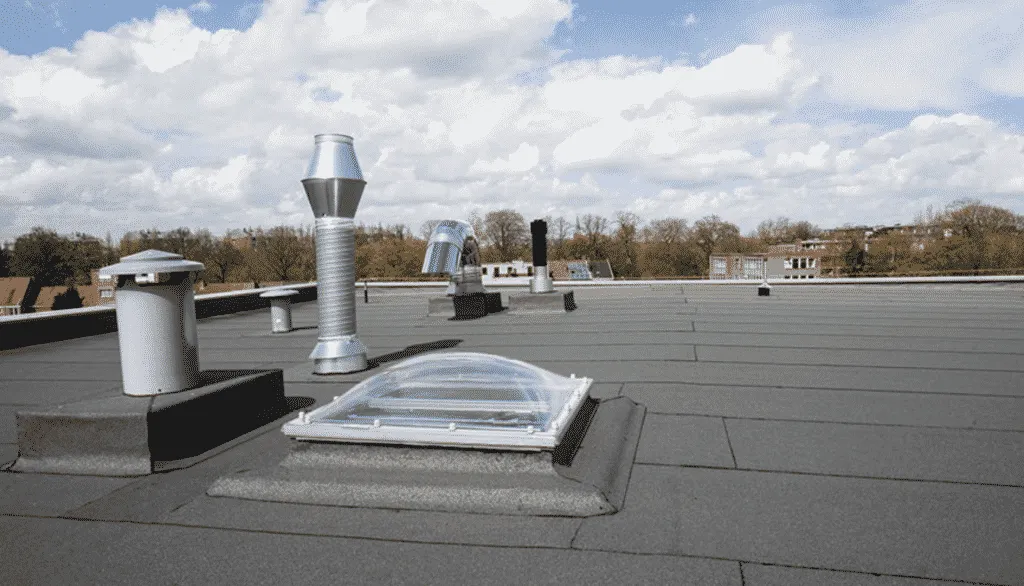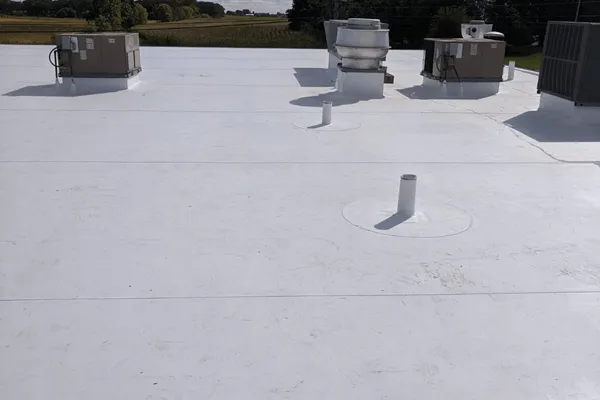Tile Roof Leak Detection Carmichael
Tile Roof Leak Detection Carmichael
Tile roofs are popular for their durability and aesthetic appeal, but they can develop leaks over time. Understanding how to detect these leaks early can save homeowners in Carmichael from costly repairs and extensive damage. In this article, we’ll explore the common causes of tile roof leaks, signs to look for, and how to handle leak detection and repairs effectively.
Key Takeaways
Tile roofs can leak due to weather, age, or poor installation.
Look for water stains, mold, or damaged tiles as signs of leaks.
Early detection of leaks can prevent major damage and costly repairs.
Hiring professionals ensures a thorough inspection and accurate repairs.
Regular maintenance is key to prolonging the life of your tile roof.
Understanding Tile Roof Leaks
Common Causes of Tile Roof Leaks
Tile roofs are known for their durability, but they aren't immune to leaks. One of the most frequent culprits is simply age. Over time, the underlayment beneath the tiles can degrade, leaving your roof vulnerable. Weather plays a big role too. Heavy rain, strong winds, and even the freeze-thaw cycle can cause tiles to crack, shift, or break. Poor installation is another common issue. If the tiles weren't properly installed to begin with, they're more likely to fail sooner. Finally, things like falling branches or even just walking on the roof can damage tiles and create openings for water to seep through. Addressing these issues promptly can prevent bigger problems down the road.
Signs of a Tile Roof Leak
Spotting a leak early can save you a lot of headaches. Obvious signs include water stains on your ceiling or walls. You might also notice rotted wood around the roof decking. Discolored plaster is another telltale sign. Sometimes, the signs are more subtle. Keep an eye out for musty odors in certain rooms, or even just a small area of dampness. If you have an attic, check for water stains or drips after it rains. Don't ignore these early warning signs – the sooner you address a leak, the better.
The Importance of Early Detection
Early detection of tile roof leaks is super important. Ignoring a small leak can lead to big, expensive problems. Water damage can spread quickly, affecting not just your roof but also your ceilings, walls, and even your home's foundation. Mold growth is another serious concern, as it can pose health risks to your family. Plus, the longer you wait, the more extensive the repairs will be, and the higher the cost. Regular inspections and quick action can prevent these issues and keep your home safe and dry. Getting a [Carmichael roof leak repair](Carmichael roof leak repair) expert out sooner rather than later is always a good idea.
Addressing leaks early can save you money and prevent structural damage. Regular inspections are key to maintaining the integrity of your tile roof.
Professional Leak Detection Services
What to Expect During a Leak Inspection
Okay, so you've decided to call in the pros for a leak inspection. Good move! Here's what usually happens. First, they'll probably ask you a bunch of questions about the leak: When did you notice it? Where exactly are you seeing water? Has anything changed recently (like a big storm or some work done on the house)?
Then, they'll get up on the roof. They'll look for obvious stuff like cracked or missing tiles. But they'll also check the flashing around vents, chimneys, and skylights. These are common spots for leaks to start. They might also go into your attic to look for water stains or mold. A thorough inspection is key to finding the source of the problem.
Tools Used for Leak Detection
Roofing pros have some pretty cool tools to help them find leaks. It's not just eyeballing it! Here are a few things they might use:
Moisture meters: These can detect moisture even if it's not visible to the naked eye. They stick the meter into the roofing material, and it gives a reading of the moisture content.
Infrared cameras: These cameras can detect temperature differences. Water intrusion often causes a temperature change, so an infrared camera can help pinpoint the source of a leak.
Water testing: Sometimes, they'll actually spray water on the roof in specific areas to see if they can replicate the leak and trace it back to its origin.
Drones: For hard-to-reach areas or large roofs, drones equipped with cameras can provide a bird's-eye view and help identify potential problem spots.
Benefits of Hiring Professionals
Sure, you could try to find a leak yourself. But honestly, hiring a professional is usually the best way to go. Here's why:
Experience: They've seen it all before. They know the common leak spots on tile roofs and how to find even the trickiest leaks.
Safety: Walking around on a roof can be dangerous, especially if it's wet or damaged. Pros have the right equipment and training to do it safely.
Accuracy: They have the tools and knowledge to accurately pinpoint the source of the leak. This means they can fix the problem right the first time, instead of just guessing and hoping for the best.
Long-term solutions: They can not only find the leak but also recommend the best way to repair it and prevent future leaks. They can also spot other potential problems before they turn into big issues.
Getting a professional leak detection service is an investment in the longevity of your roof and the safety of your home. It might cost more upfront than a DIY attempt, but it can save you money and headaches in the long run.
DIY Leak Detection Tips

How to Inspect Your Tile Roof
Okay, so you think you might have a leak in your tile roof? Before you call in the pros, there are a few things you can check yourself. First off, safety first! Don't even think about getting on the roof if it's wet or windy. Grab a sturdy ladder and have someone spot you. Once you're up there, take a good look around. Are any tiles cracked, broken, or missing? Are they properly aligned? Sometimes, a tile just needs to be nudged back into place. Look for any obvious signs of damage, like discoloration or debris buildup. A visual inspection can often reveal the source of the problem.
Identifying Problem Areas
Alright, you've done a general inspection, now it's time to get a little more specific. Pay close attention to areas where leaks are most likely to occur. These include:
Around chimneys and vents
Where the roof meets a wall (flashing)
In valleys (where two roof slopes meet)
Around any skylights or other roof penetrations
Check the flashing in these areas. Is it rusted, damaged, or improperly sealed? Look for any gaps or cracks where water could be getting in. Inside your attic, check for water stains or discoloration on the underside of the roof decking. This can help you pinpoint the location of the leak, even if you can't see it from the outside. If you find something, consider Carmichael roof leak repair to prevent further damage.
Temporary Fixes for Tile Roof Leaks
So, you've found a leak, but you're not ready to call a professional just yet? There are a few temporary fixes you can try to stop the water from coming in. Keep in mind, these are temporary solutions, and you'll still need to get the roof properly repaired as soon as possible. Here are a few ideas:
Replace Broken Tiles: If you have spare tiles, you can replace any that are cracked or broken. Just be careful not to damage the surrounding tiles.
Use Roofing Sealant: For small cracks or gaps, you can use a roofing sealant to create a waterproof barrier. Make sure to clean the area thoroughly before applying the sealant.
Apply a Tarp: If you have a larger area that's leaking, you can cover it with a tarp to protect your home from further water damage. Secure the tarp with ropes or sandbags.
Remember, these are just temporary fixes. It's important to get your roof properly repaired by a qualified roofing contractor as soon as possible to prevent further damage and ensure the long-term integrity of your roof.
Repairing Tile Roof Leaks
Common Repair Techniques
Okay, so you've found a leak. Now what? The good news is that many tile roof leaks can be fixed without a full replacement. One common technique is replacing broken or cracked tiles. This involves carefully removing the damaged tile and securing a new one in its place. It's important to match the replacement tile as closely as possible to the existing ones in terms of color and profile. Another technique involves repairing the underlayment beneath the tiles. This is crucial because the underlayment is what actually provides the waterproof barrier. If it's damaged, water can seep through even if the tiles are intact. This might involve patching or replacing sections of the underlayment. Finally, re-sealing around flashings (like around chimneys or vents) can stop leaks. Flashings are metal pieces that direct water away from vulnerable areas, and the sealant can degrade over time.
When to Replace Tiles
Sometimes, a simple repair isn't enough. You might need to replace a significant number of tiles if:
The tiles are severely damaged (e.g., crumbling, delaminating).
The damage is widespread across the roof.
Matching replacement tiles are unavailable.
The underlayment is extensively damaged.
If you're dealing with widespread damage or an aging roof, it might be more cost-effective in the long run to replace the entire roof rather than continuing to patch it up. This is especially true if you're starting to see leaks in multiple areas.
Cost Considerations for Repairs
Alright, let's talk money. The cost of repairing a tile roof leak can vary widely depending on several factors:
The extent of the damage: A simple tile replacement will be much cheaper than repairing or replacing underlayment.
The type of tile: Some tile materials are more expensive than others.
The accessibility of the roof: If the roof is steep or difficult to access, it will likely increase labor costs.
The contractor you hire: Get multiple quotes to compare prices.
It's always a good idea to get a professional inspection and estimate before committing to any repairs. Here's a rough idea of what you might expect to pay:
Repair Type | Estimated Cost |
|---|---|
Single Tile Replacement | $50 - $200 |
Underlayment Repair (small) | $300 - $800 |
Flashing Repair | $200 - $500 |
Full Roof Replacement | $10,000 - $30,000+ |
Keep in mind that these are just estimates, and the actual cost could be higher or lower depending on your specific situation.
Maintaining Your Tile Roof

Tile roofs are known for their durability, but even the toughest materials need a little TLC to reach their full potential. Think of it like this: a little maintenance now can save you from big headaches (and expenses) later. Let's talk about how to keep your tile roof in tip-top shape.
Regular Inspection Practices
Okay, so you're probably not going to climb up on your roof every weekend, and that's fine. But, a couple of times a year, make it a point to give your roof a good look. You can do this from the ground with binoculars, or if you're comfortable and safe, get up there (carefully!). Look for:
Cracked, chipped, or missing tiles.
Any signs of moss or algae growth.
Debris buildup in the valleys or around vents.
Sagging areas or displaced tiles.
If you spot anything concerning, it's best to address it sooner rather than later. Ignoring small problems can lead to bigger, more expensive repairs down the road.
Cleaning and Maintenance Tips
Keeping your tile roof clean is about more than just aesthetics; it's about preventing damage. Moss and algae, for example, can trap moisture against the tiles, which can cause them to deteriorate over time. Here's what you can do:
Gentle Cleaning: Use a soft brush or broom to remove loose debris like leaves and twigs. A garden hose with a gentle spray nozzle can also help.
Avoid Pressure Washing: High-pressure water can damage the tiles, so it's best to steer clear of pressure washers.
Moss and Algae Removal: There are special cleaning solutions designed for tile roofs that can help remove moss and algae. Follow the product instructions carefully.
Trim Overhanging Branches: Keep trees trimmed back to prevent branches from rubbing against the roof, which can damage the tiles.
Regular cleaning not only keeps your roof looking great but also helps prevent the buildup of organic material that can trap moisture and lead to deterioration. It's a simple step that can significantly extend the life of your roof.
Seasonal Preparations for Your Roof
Carmichael weather can be pretty varied, so it's important to prep your roof for each season. Here's a quick rundown:
Spring: Check for any damage caused by winter storms. Clean off any accumulated debris.
Summer: Inspect for sun damage and fading. Ensure proper ventilation to prevent overheating.
Fall: Remove fallen leaves and debris before winter sets in. Check gutters and downspouts for clogs.
Winter: Be mindful of snow and ice buildup. Consider using a roof rake to remove heavy snow loads (carefully!).
By taking these seasonal precautions, you can help your tile roof withstand the elements and stay in good condition for years to come.
Choosing the Right Roofing Contractor
What to Look for in a Contractor
Finding the right roofing contractor can feel like a daunting task, but it's super important to get it right. You want someone reliable, experienced, and trustworthy. Start by checking if they're properly licensed and insured. This protects you if something goes wrong during the job. Also, look for contractors with a solid reputation. Read online reviews and ask for references from past clients. A good contractor should be able to provide proof of their expertise and happy customers.
Questions to Ask Before Hiring
Before you sign any contracts, make sure you ask potential contractors some key questions. Don't be shy! You need to know what you're getting into. Here are a few to get you started:
How long have you been in business?
Do you have experience with tile roofs specifically?
Can you provide a detailed estimate of the project cost?
What kind of warranty do you offer on your work?
What is your plan for protecting my property during the job?
Asking these questions will help you gauge their knowledge, professionalism, and commitment to customer satisfaction. It's better to be over-prepared than to end up with a bad roofing job.
Understanding Estimates and Quotes
Getting multiple estimates is a must. Don't just go with the cheapest option. Compare the estimates carefully, paying attention to what's included in each one. A super low price might mean the contractor is cutting corners on materials or labor. Make sure the estimate includes details like the type of tiles being used, the scope of the work, and the payment schedule. Also, be wary of contractors who ask for a huge upfront payment. A reasonable deposit is normal, but you shouldn't have to pay for the entire job before it's even started. Getting a roof inspection is a great first step.
Local Resources for Tile Roof Care
Recommended Local Contractors
Finding a reliable contractor for your tile roof doesn't have to be a headache. Carmichael has several reputable roofing companies specializing in tile roofs. It's always a good idea to start by asking neighbors for recommendations. Online directories and review sites can also provide a list of contractors in the area. Make sure to check for proper licensing and insurance before contacting anyone. Some local companies offer tile roofing services, including installation, repair, and maintenance.
Community Reviews and Testimonials
Before making a decision, take some time to read what other Carmichael residents have to say about local roofing contractors. Community forums, neighborhood social media groups, and sites like Yelp or Angie's List can provide valuable insights. Look for patterns in the reviews – are there consistent complaints about communication, pricing, or quality of work? Positive testimonials often highlight professionalism, punctuality, and attention to detail. Remember that every experience is unique, but a consensus can help you narrow down your options.
Emergency Services in Carmichael
Roof leaks don't always happen during business hours. Knowing who to call in an emergency can save you from further damage. Many roofing contractors offer 24/7 emergency services for situations like severe leaks or storm damage. Keep a list of emergency contacts handy, and don't hesitate to call if you suspect a serious problem. Quick action can prevent costly repairs down the road. Here are some things to consider:
Response Time: How quickly can they get to your home?
Service Area: Do they cover your specific neighborhood in Carmichael?
Pricing: What are their rates for emergency calls and repairs?
Having a plan in place for roofing emergencies can provide peace of mind. Knowing who to call and what to expect can make a stressful situation more manageable.
Wrapping It Up
So, there you have it! Detecting leaks in your tile roof doesn’t have to be a headache. Just keep an eye out for those telltale signs like water stains or damp spots. If you spot anything suspicious, don’t wait too long to call in the pros. The sooner you get it checked out, the less damage you’ll have to deal with later. Remember, a little maintenance goes a long way in keeping your roof in good shape. If you need help, reach out to a local expert in Carmichael. They’re ready to help you keep your home safe and dry!
Frequently Asked Questions
What are the common reasons for tile roof leaks?
Tile roof leaks can happen for a few reasons. The most common causes include broken or cracked tiles, poor installation, and damage from storms or debris.
How can I tell if my tile roof has a leak?
You might notice water stains on your ceiling or walls, dripping water during rain, or missing tiles on your roof. These are signs you may have a leak.
Why is it important to find leaks early?
Finding leaks early can save you money and prevent bigger problems. If you catch a leak early, you can avoid damage to your home and costly repairs later.
What can I expect during a professional leak inspection?
During a leak inspection, a professional will check your roof for damage and leaks. They will look at the tiles, flashing, and other areas to find the source of the leak.
Are there any quick fixes I can do for a tile roof leak?
Yes! You can temporarily cover a leak with a tarp or sealant until a professional can fix it. But it’s best to have a professional do a full repair.
How often should I have my tile roof inspected?
It’s a good idea to have your tile roof inspected at least once a year, especially after heavy storms, to catch any potential issues before they become serious.
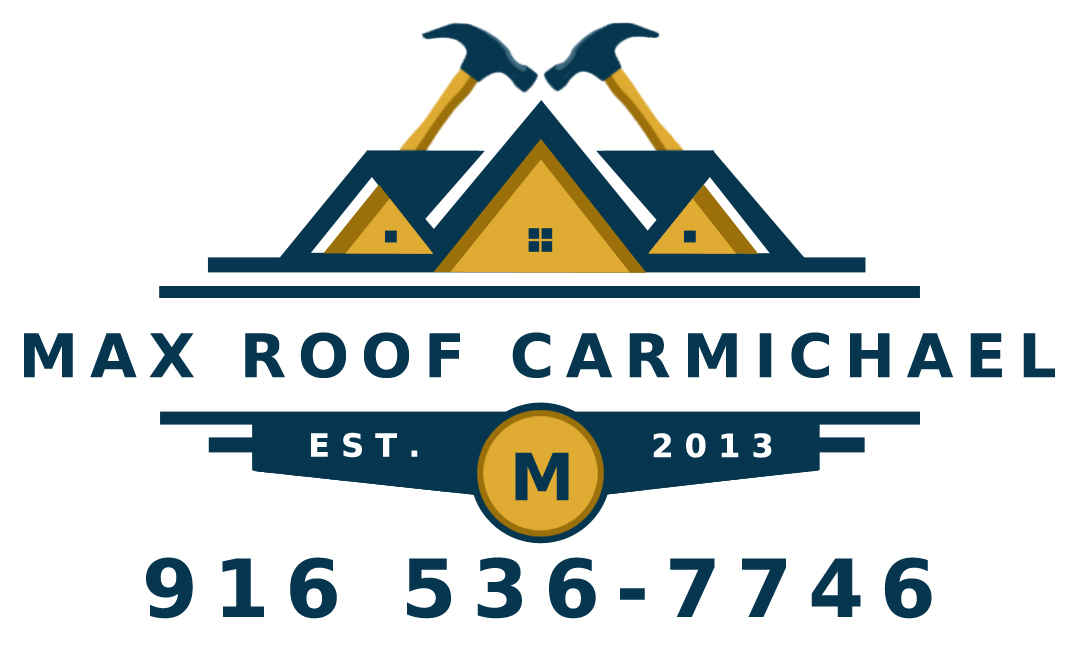
Contact Us To Get A Free Quote!
Roofing We Install In Carmichael
